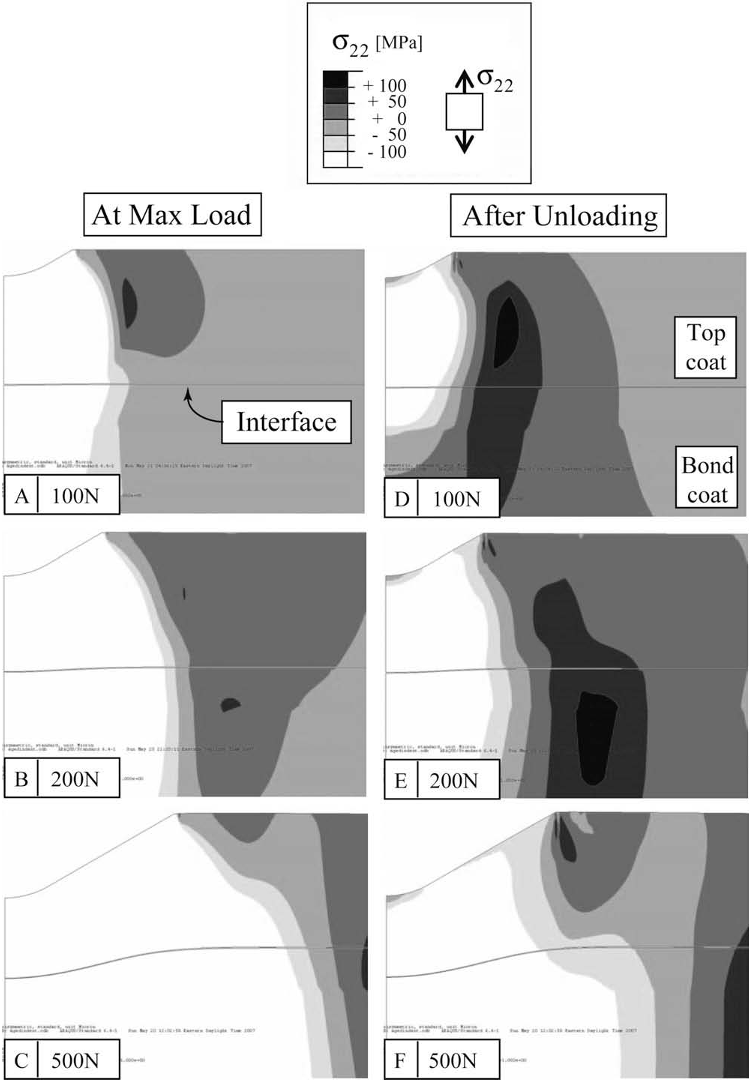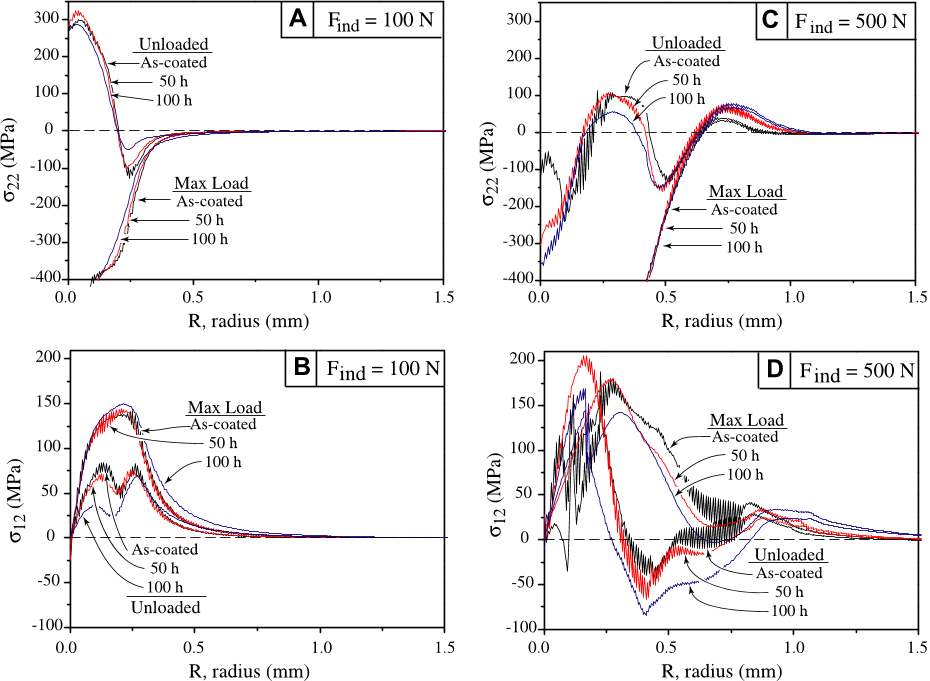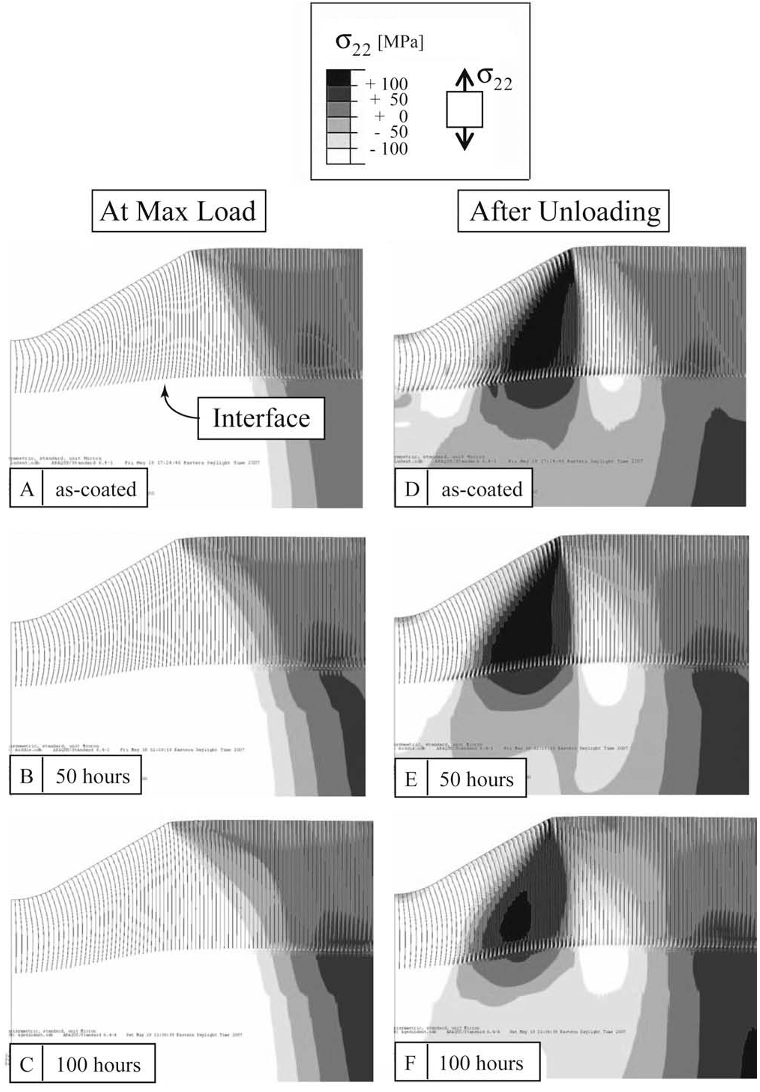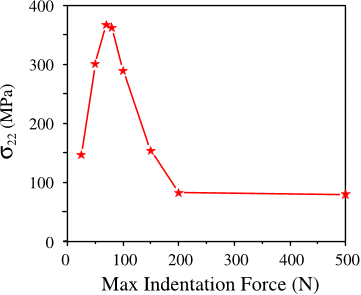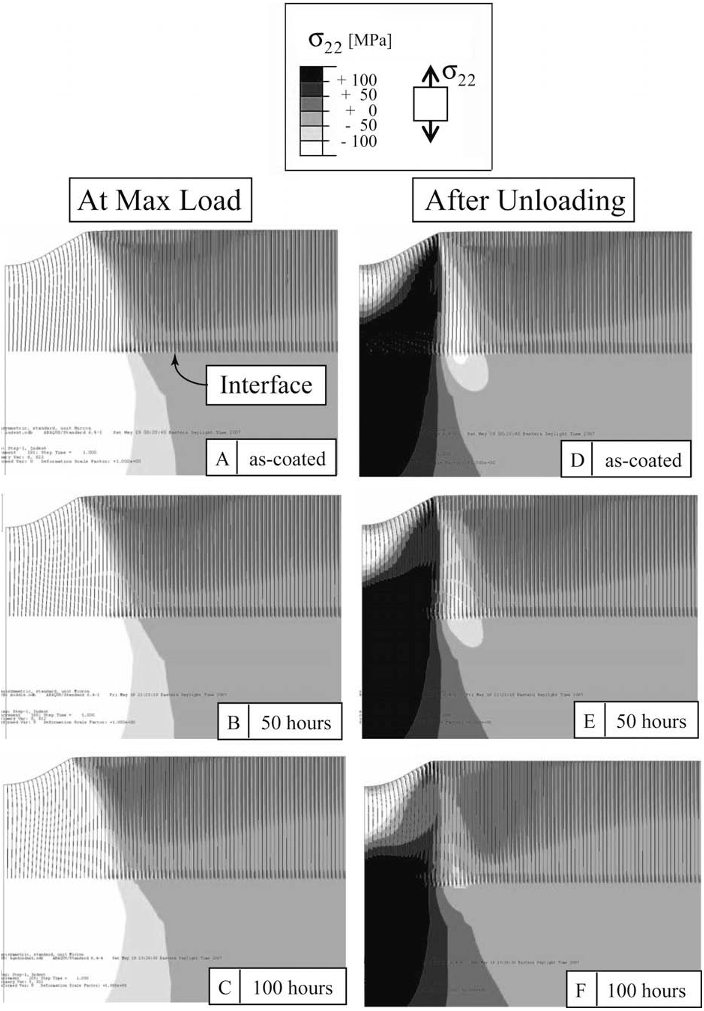Abstract: Abstract Thermal barrier coatings (TBCs) can effectively protect the alloy substrate of hot components in aeroengines or land-based gas turbines by the thermal insulation and corrosion/erosion resistance of the ceramic top coat. However, the continuous pursuit of a higher operating temperature leads to degradation, delamination, and premature failure of the top coat. Both new ceramic materials and new coating structures must be developed to meet the demand for future advanced TBC systems. In this paper, the latest progress of some new ceramic materials is first reviewed. Then, a comprehensive spalling mechanism of the ceramic top coat is summarized to understand the dependence of lifetime on various factors such as oxidation scale growth, ceramic sintering, erosion, and calcium-magnesium-aluminium-silicate (CMAS) molten salt corrosion. Finally, new structural design methods for high-performance TBCs are discussed from the perspectives of lamellar, columnar, and nanostructure inclusions. The latest developments of ceramic top coat will be presented in terms of material selection, structural design, and failure mechanism, and the comprehensive guidance will be provided for the development of next-generation advanced TBCs with higher temperature resistance, better thermal insulation, and longer lifetime.



